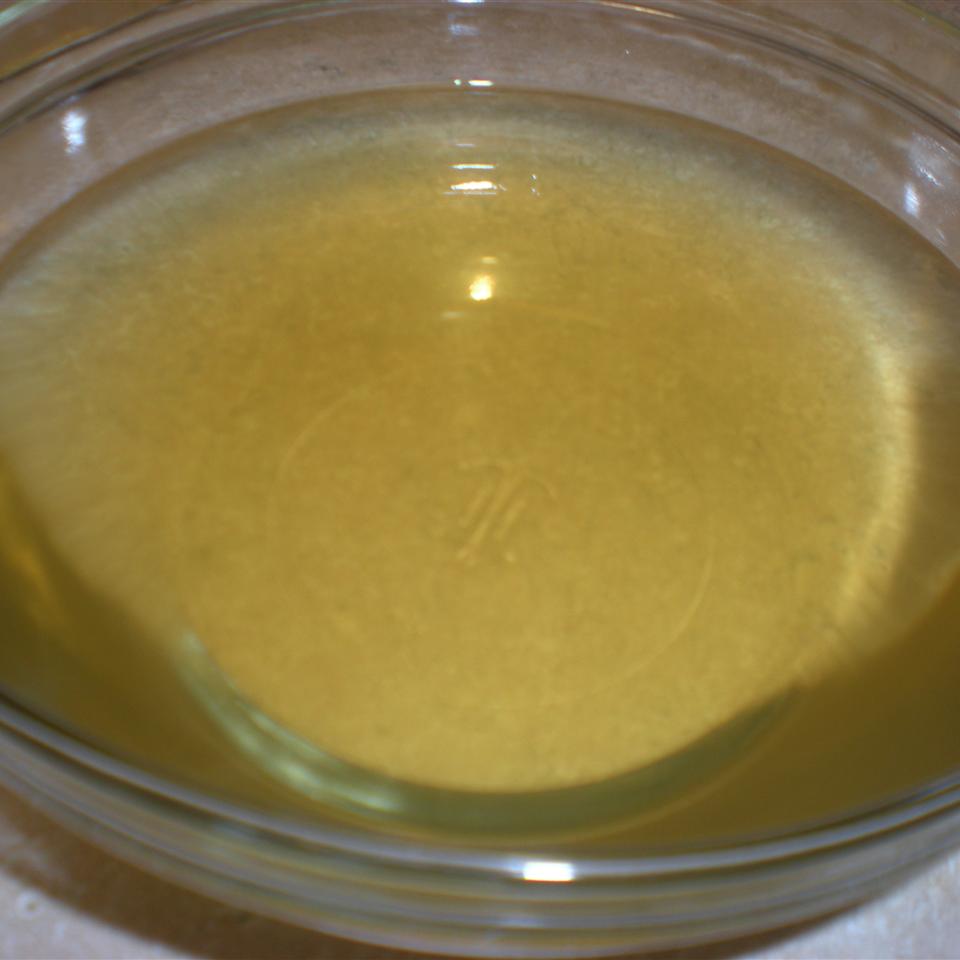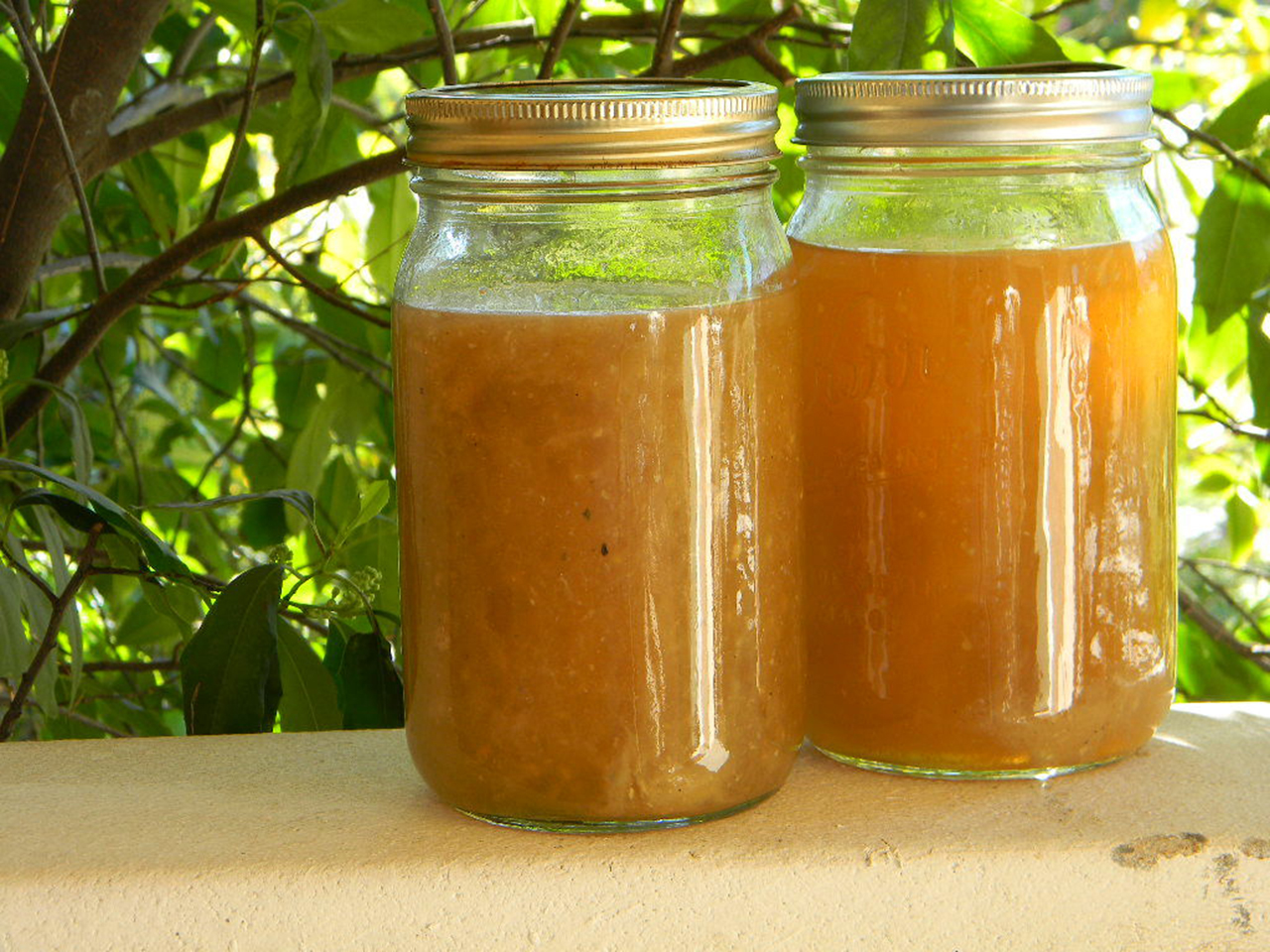Indulge in the harmonious blend of flavors and textures that is Mighty Miso Soup with Dashi Fish Stock, an exquisite culinary creation that celebrates the essence of Japanese cuisine. This savory broth, boasting a symphony of umami, is elevated by the addition of dashi fish stock, a cornerstone of Japanese cooking that imparts a depth of flavor unmatched by mere water. Dive into this culinary journey, where the rich, earthy notes of miso paste dance gracefully with the briny essence of wakame seaweed, the tender embrace of silken tofu, and the crisp vibrancy of spring onions. Discover the art of preparing homemade dashi stock, a fundamental component of Japanese cuisine, and elevate your culinary repertoire with this symphony of flavors.
**Recipes Included:**
1. **Mighty Miso Soup with Dashi Fish Stock:** Embark on a culinary adventure, crafting this delectable soup from scratch. Learn the art of preparing homemade dashi stock, using either kombu seaweed and bonito flakes or a convenient dashi powder. Allow the harmonious blend of miso paste, wakame seaweed, tofu, and spring onions to awaken your taste buds.
2. **Homemade Dashi Stock:** Master the art of creating dashi stock, a cornerstone of Japanese cooking. Discover the traditional method using kombu seaweed and bonito flakes, resulting in a rich, umami-packed broth. Alternatively, uncover the convenience of using dashi powder, offering a quick and flavorful solution.
3. **Miso Paste:** Delve into the world of miso paste, a fermented soybean paste that adds depth and complexity to various dishes. Learn how to select the perfect miso paste for your culinary creations, considering factors such as color, flavor, and texture.
4. **Wakame Seaweed:** Explore the wonders of wakame seaweed, a nutritious and versatile ingredient often found in Japanese cuisine. Discover how to prepare and store wakame seaweed, unlocking its briny and slightly sweet flavor.
5. **Silken Tofu:** Uncover the delicate texture and subtle flavor of silken tofu, a key ingredient in many Japanese dishes. Learn how to select and prepare silken tofu, adding a smooth, custard-like quality to your culinary creations.
6. **Spring Onions:** Embrace the vibrant freshness of spring onions, adding a pop of color and a mild oniony flavor to your dishes. Discover the culinary versatility of spring onions, from garnishing soups and salads to enhancing stir-fries and omelets.
DASHI STOCK (KONBUDASHI)

Dashi is the basic stock used in most all Japanese cooking. Dashi stock is the base for miso soup. This recipe is for a Konbudashi, which is made with konbu (dried kelp/seaweed) and bonito flakes (a dried fish which has been shaved into flakes.) There are many variations of dashi, but this is probably the most common.
Provided by Kyle Hildebrant
Categories Soups, Stews and Chili Recipes Broth and Stock Recipes
Time 1h
Yield 8
Number Of Ingredients 3
Steps:
- Wipe away any dirt from the kombu with a paper towel, being careful not to rub off the white powdery deposits on the seaweed. Place the kombu and water in a saucepan, and allow it to soak for 30 minutes to become soft.
- Remove the kombu from the water, and cut several lengthwise slits into the leaf. Return the kombu to the water, and bring it to a boil. As soon as the water begins to boil, remove the kombu to prevent the stock from becoming bitter.
- Stir the bonito flakes into the kombu-flavored water, bring back to a boil, and take the pan off the heat. Allow the water to cool. When the bonito flakes have settled to the bottom, strain the dashi through a strainer lined with cheesecloth or a coffee filter.
Nutrition Facts : Calories 12.2 calories, Carbohydrate 2 g, Protein 1 g, Sodium 111.1 mg
MISO SOUP
Dashi is a basic stock used in Japanese cooking which is made by boiling dried kelp (seaweed) and dried bonito (fish). Instant dashi granules are sold in conveniently-sized jars or packets and vary in strength. Add more dashi to your soup if you want a stronger stock. You can use yellow, white or red miso paste for this soup. Yellow miso is sweet and creamy, red miso is stronger and saltier.
Provided by Anonymous
Categories Soups, Stews and Chili Recipes Soup Recipes Seafood
Time 20m
Yield 4
Number Of Ingredients 5
Steps:
- In a medium saucepan over medium-high heat, combine dashi granules and water; bring to a boil. Reduce heat to medium, and whisk in the miso paste. Stir in tofu. Separate the layers of the green onions, and add them to the soup. Simmer gently for 2 to 3 minutes before serving.
Nutrition Facts : Calories 63 calories, Carbohydrate 5.3 g, Fat 2.3 g, Fiber 1 g, Protein 5.5 g, SaturatedFat 0.4 g, Sodium 513.1 mg, Sugar 1.7 g
MIGHTY MISO SOUP (WITH DASHI - FISH STOCK)

Miso soup is a traditional Japanese soup, prepared mainly from miso and dashi (fish stock and seaweed stock, see my recipe for simple dashi). Rich taste, easy recipe, short preparation time and very healthy. This recipe calls for Dashi - a Japanese Fish Stock. This stock really wakes the soup up and is the best way to make miso soup.
Provided by Harmel Rayat
Categories Clear Soup
Time 35m
Yield 1 quart, 4-6 serving(s)
Number Of Ingredients 8
Steps:
- Place dashi stock in a medium saucepan and bring to a boil.
- Cut the tofu block into small cubes and add them to the dashi.
- Simmer the tofu in the dashi stock for a few minutes on very low heat.
- The miso is the tricky part, you have to take out a bit of the soup stock from the pan and dissolve your miso into it.
- When the miso dissolves, add the dissolved miso to the pan gradually.
- DO NOT boil the soup after you put the miso inches This is the only way you can mess up this soup.
- Stir the soup gently.
- Turn off the heat and add chopped green onion, shitake mushrooms and dried wakame seaweed flakes.
- Add the omega fish oil and soy (if desired).
Nutrition Facts : Calories 135.8, Fat 6, SaturatedFat 1, Cholesterol 8.6, Sodium 953.2, Carbohydrate 13.4, Fiber 3.5, Sugar 4, Protein 10.1
HOMEMADE MISO SOUP WITH TOFU

It's super easy to make authentic Japanese miso soup at home! My recipe shows you how to make quick and easy soup stock (dashi) from scratch and then make the classic miso soup with tofu and wakame seaweed. Homemade miso soup is not only delicious, it also brings many great health benefits.
Provided by Namiko Chen
Categories Soup
Time 20m
Number Of Ingredients 7
Steps:
- Gather all the ingredients.
- Cut the green onion into thin rounds.
Nutrition Facts : Calories 57 kcal, Carbohydrate 5 g, Protein 4 g, Fat 2 g, SaturatedFat 0.3 g, Sodium 532 mg, Fiber 1 g, Sugar 2 g, UnsaturatedFat 1.4 g, ServingSize 1 serving
Tips:
- Use high-quality ingredients: The quality of your ingredients will greatly impact the flavor of your miso soup. Use fresh vegetables, dashi stock made with high-quality bonito flakes and kelp, and good quality miso paste.
- Don't boil the miso paste: Miso paste is a delicate ingredient that can easily be ruined by heat. Add it to the soup at the end of the cooking process and stir until dissolved.
- Customize your soup: There are many different ways to customize your miso soup. Add your favorite vegetables, tofu, or noodles. You can also experiment with different types of miso paste, such as white miso, red miso, or barley miso.
- Serve miso soup immediately: Miso soup is best served immediately after it is made. If you need to store it, let it cool completely and then refrigerate for up to 3 days.
Conclusion:
Miso soup is a delicious, healthy, and versatile soup that can be enjoyed for breakfast, lunch, or dinner. It is a great way to use up leftover vegetables and tofu, and it can be customized to your liking. With a few simple ingredients and a little bit of time, you can make a delicious bowl of miso soup that will warm you up and leave you feeling satisfied.
Are you curently on diet or you just want to control your food's nutritions, ingredients? We will help you find recipes by cooking method, nutrition, ingredients...
Check it out »
You'll also love







